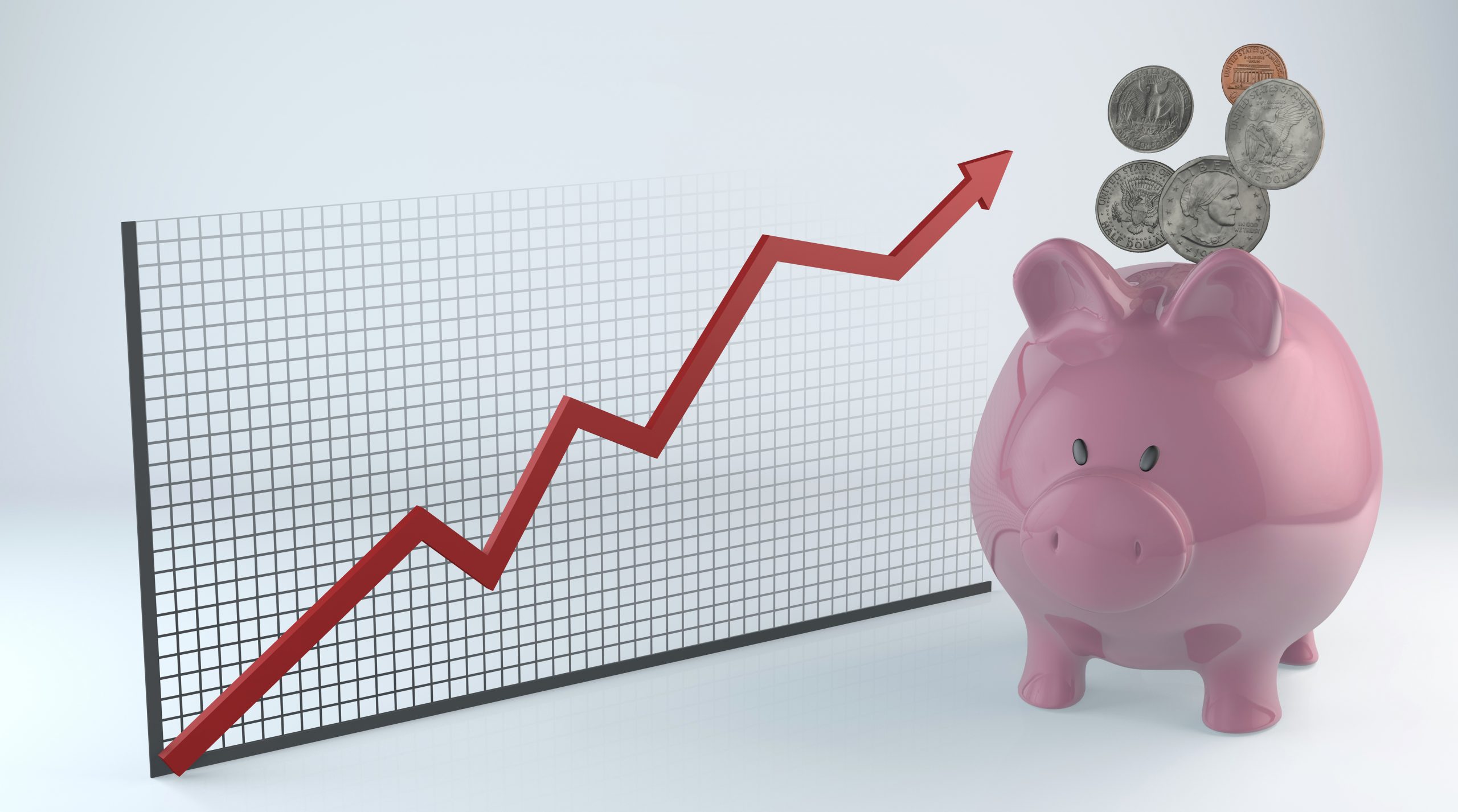The stock market volatility in the first months of 2022 may be causing some jittery nerves with retired investors. If you want to feel more confident that a stock market crash won’t ruin your life in retirement, it’s a good idea to develop a careful strategy for investing and drawing down your savings that helps prevent such a catastrophe.
For most retirees, there’s a good chance you’ll experience a few more stock market dips and crashes during your retirement years, as illustrated by this post. The trouble is, nobody has reliably predicted when the stock market will drop or crash. As a result, you’ll want to develop investment and draw-down strategies that help you ride out future stock market drops, even without knowing when they might occur.
Here are four tactics to implement such a strategy.
Tactic #1: Build a base of guaranteed retirement income. These are sources of lifetime income that won’t go down if the stock market crashes and are enough to pay for most, if not all, of your basic living expenses. Thanks to these sources of income, if the market crashes, you’d still have a roof over your head and could pay for your basic living expenses.
Examples of guaranteed income include Social Security benefits, pensions, annuities, bond ladders, and tenure payments from reverse mortgages. If you haven’t already started your Social Security benefits, one of the best steps you can take is to develop a careful delay strategy to maximize this valuable benefit.
Once you have guaranteed retirement income sources in place, use withdrawals from your stock investments to pay for most or all your discretionary living expenses, such as travel, hobbies, and spoiling the grandchildren. Hopefully you’d be able to reduce these expenses if necessary during a stock market crash.
Tactic #2: Build a cushion of fixed income investments. This cushion should be enough to cover a few years of living expenses that you normally would have paid by withdrawing from your stock investments. When the market drops, stop making withdrawals from your stock investments and withdraw from your fixed income cushion instead. This gives your stock investments time to recover fully before resuming withdrawals from those savings.
This post describes one way to build such a cushion using Series I Savings bonds.
Tactic #3: Take out a reverse mortgage line of credit. This is a variation on the “cushion” idea, but instead of using the funds set aside in your cushion, you’d plan to tap the line of credit to pay for some of your living expenses during a stock market crash. You’d also stop making withdrawals from your stock investments until they’ve recovered from the market drop.
Tactic #4: Pay for living expenses with dividends from your stock investments. With this strategy, you’d leave the principal in your stock investments intact. Once again, this tactic gives you time to let your stock investments recover from a stock market dip.
Of course, you can combine more than one of these strategies if that works for your situation. For example, you might have multiple 401(k) accounts or IRAs, or have investments that aren’t in a tax-advantaged retirement account. You could adopt different strategies for different accounts. Consider this to be a form of diversification, which is also a time-tested strategy to address stock market crashes.
The goal of these strategies is to avoid suffering losses in your retirement cashflow that would force you to make unwanted changes in your lifestyle. Once you’ve adopted a careful plan to build your retirement income portfolio, you can enjoy your retirement without worrying about when the market might crash.

